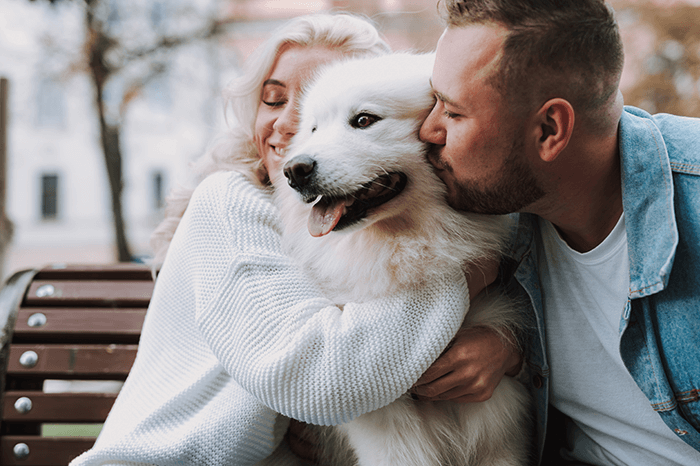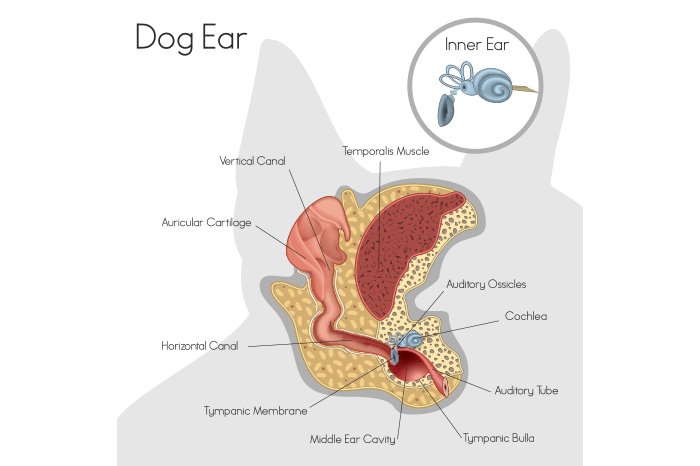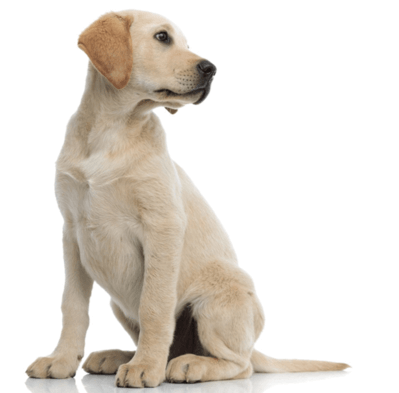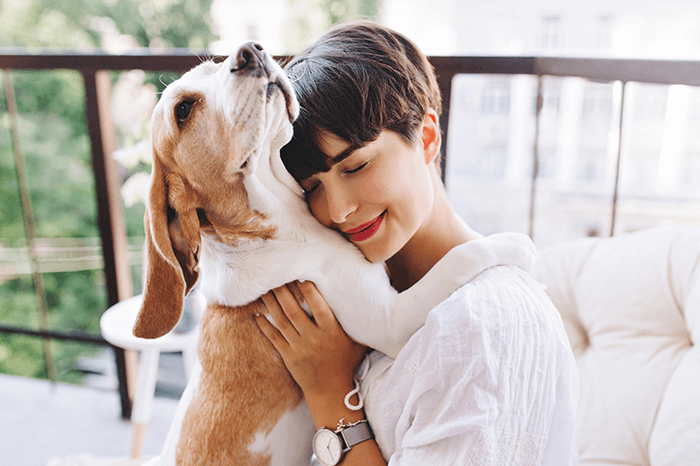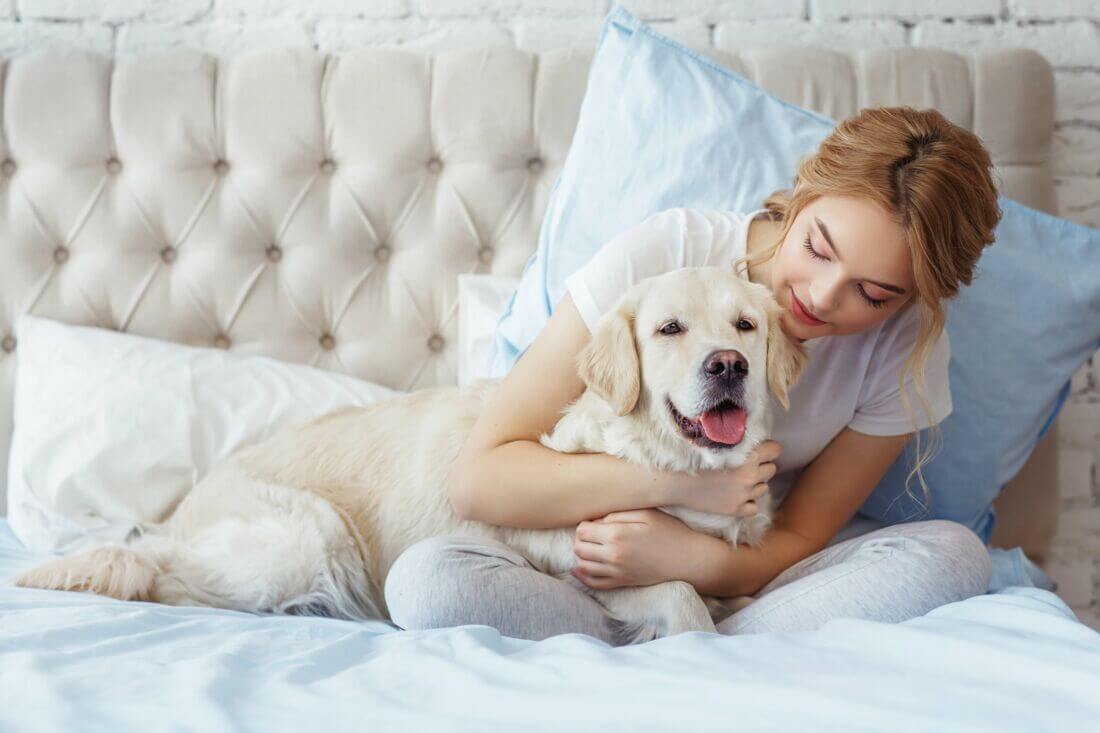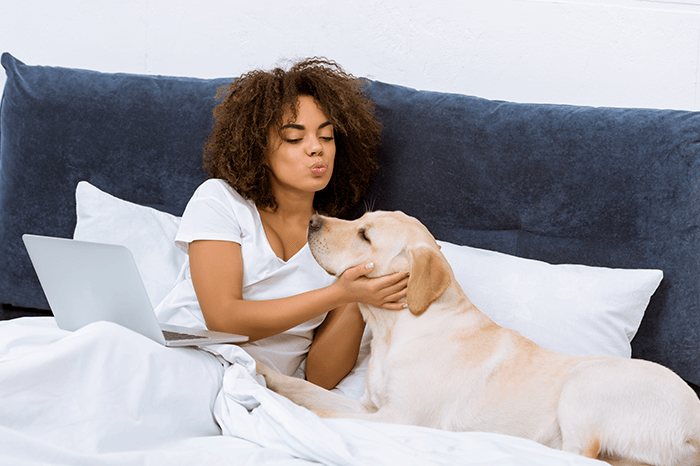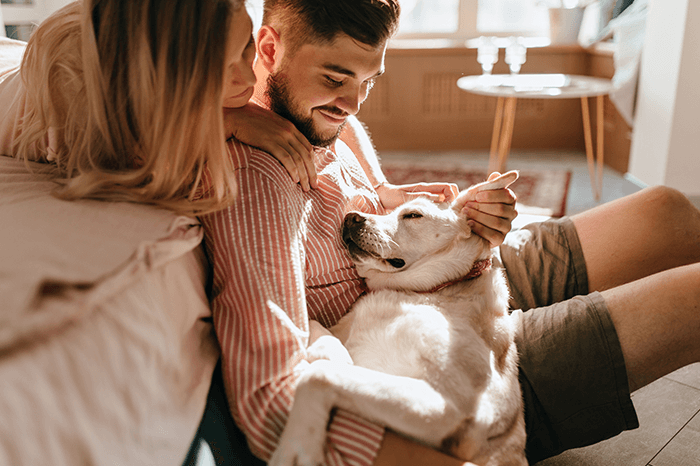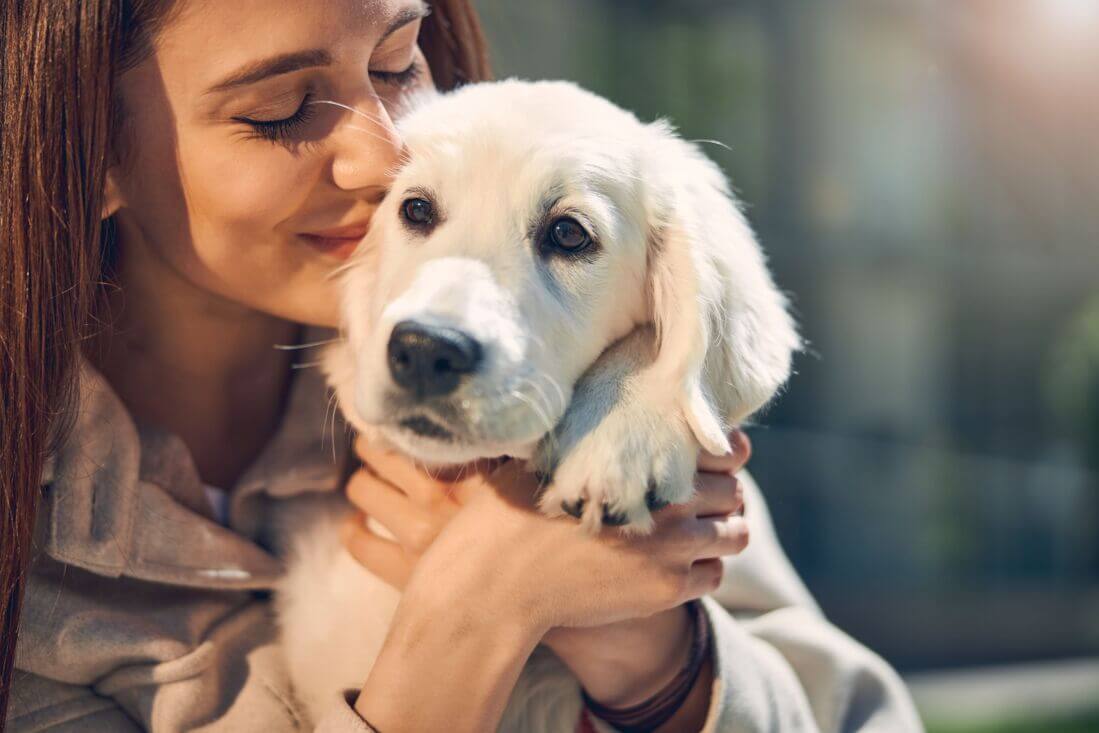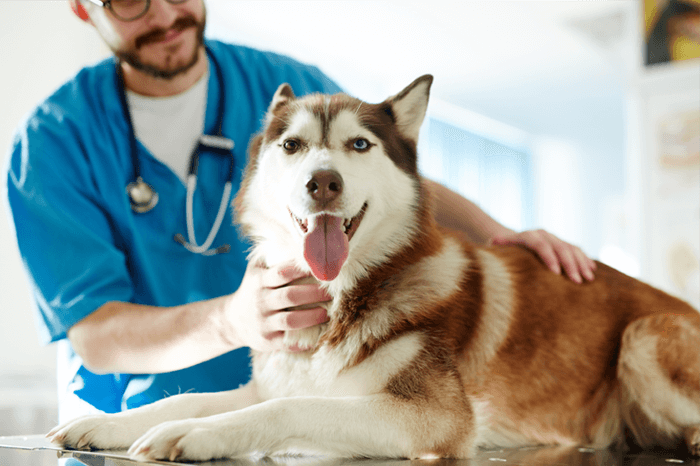Everything you need to know about cleaning your dog’s ears at home
Marina G VeterinarianCleaning your dog’s ears can be an important part of its hygiene routine in some cases, as it can help prevent the accumulation of earwax and infections (otitis).
Dogs who have long ears are worthy of a special mention as they’re prone to otitis and may need ear cleaning more frequently. Getting your dog used to its ears being touched can be helpful in case they need ear treatment in the future.
Getting to know dogs’ ears
Unlike cat breeds, dog breeds can be very different from one another and not only in size! One of the most variable parts of dogs’ looks is the shape of their ears. Some dogs have straight ears, others floppy ears; there’s even a shape named button ears that we see in Pugs, for example.
However, as different as they can look on the outside, on the inside, the ear anatomy is very similar.
Getting to know the anatomy of the ear allows to understand why some dogs are prone to ear infections, why they are showing certain signs if there are ear problems, and what we can and can’t do when cleaning their ears.
Basic ear anatomy
So, let’s get a bit technical for a moment and go over some basic ear anatomy. There are 5 parts of the ear that we’d like you to know a bit better:
- The pinna – the pinna is the ear flap, which can have different shapes depending on the breed.
- The ear canal – the ear canal is shaped like the letter L, which means it has a vertical part and a horizontal part. The pinna and part of the ear canal are visible to us and are also referred to as the outer ear.
- The eardrum – also known as the tympanic membrane, it is a delicate structure that separates the ear canal from the middle ear.
- The middle ear – this is where important structures related to hearing are located.
- The inner ear – this is comprised of the cochlea, the organ for hearing, and part of the vestibular system, which is responsible for balance.
The ear structures combined have an important part in hearing but also in balance due to the vestibular system.
What can we learn from understanding the ear structure?
- Dogs with long, floppy and drooping ears are prone to develop ear infections as the ear flap creates a closed, non-ventilated, warm environment that is favourable to the growth of microorganisms that normally live on the ears – bacteria and yeasts.
- If your dog has an ear problem and starts to show a lack of balance, incoordination, or if their head is tilted to the side, this might mean that the middle and inner ear are affected as well.
- While cleaning dogs’ ears, you should never insert cotton wool buds into the ear canal, as it can push earwax and other debris further down the ear, which can lead to damage to the eardrum.
When should you clean your dog’s ears?
To clean or not to clean, that is the question!
Cleaning your dog’s ears when required for hygiene reasons can, indeed, help prevent ear problems.
Also, getting your pet used to their ears being touched regularly (and from a young age, if possible) will make it a lot easier for you and them to have their ears handled if there’s a problem to treat in the future.
That said, how often should you clean your dog’s ears?
Unfortunately, the answer is not straightforward! The truth is it depends.
If your dog is prone to ear infections, has hairy ears, has been diagnosed with a skin problem, such as allergies, or an endocrine problem, such as hypothyroidism, they may need ear cleaning more frequently than other dogs. If this is the case, check with your vet how frequently you should clean your pet’s ears.
If your dog enjoys swimming, it may be a good idea to clean and dry their ears after to avoid leaving them damp.
As important as cleaning is to keep your pet’s ears healthy, please keep in mind that over-cleaning can result in irritation, overproduction of wax and lead to further ear problems. This means that if your dog is healthy and hasn’t been swimming, you should only clean its ears if there’s excess earwax. Some breeds of dog can be more prone to an excessive production of earwax, for example, some Cocker Spaniels have a genetic condition that causes this. Other breeds, such as Basset Hounds, can experience excessive wax build up due to the length of their ear canals.
When not to clean your dog’s ears
Do not clean your dog’s ears if your dog:
- Has red, painful or malodorous ears
- Has discharge from the ears
- Is scratching their ears or shaking their head often
- Has a head tilt or is showing a lack of balance.
If you recognise any of these signs, your dog is likely to have an ear infection and needs to be seen by a vet first.
How to clean your dog’s ears
If your dog is used to you touching their ears, ear cleaning is usually a simple and quick procedure, even though it can be messy!
Here is how to do it, step by step:
- Hold the ear flap up gently but firmly to gain access to the ear canal.
Before taking the next step, see how the inside of the ear is looking (and smelling) and if you find any redness, discharge, notice a strong smell, or if the ear is painful, stop here and book an appointment to have it looked at by a vet. - Insert the spout of the cleansing solution at the entry of the ear canal and squeeze. Your dog will try to shake their head. Maintain a firm grip on the ear flap to avoid shaking at this point.
- Gently massage the base of the ear to help the solution spread through the canal and break up earwax and debris.
- Now let them shake their head.
- Use cotton wool wrapped around your finger to clean the excess product and remove debris from the ear canal and pinna. Remember, do not use cotton wool buds for this!
- Repeat on the other ear.
What can you use to clean your dog’s ears?
Make sure you choose a veterinary recommended cleaning solution to clean your dog’s ears. The ears are very delicate structures, and homemade solutions can be irritating and even harmful to your dog.
A good cleaning agent should be gentle to not irritate the skin, but also effective in removing excess earwax and debris.
It’s ideal to look for a solution that has a moisturising action to help maintain the ear canal’s natural skin barrier as well.
